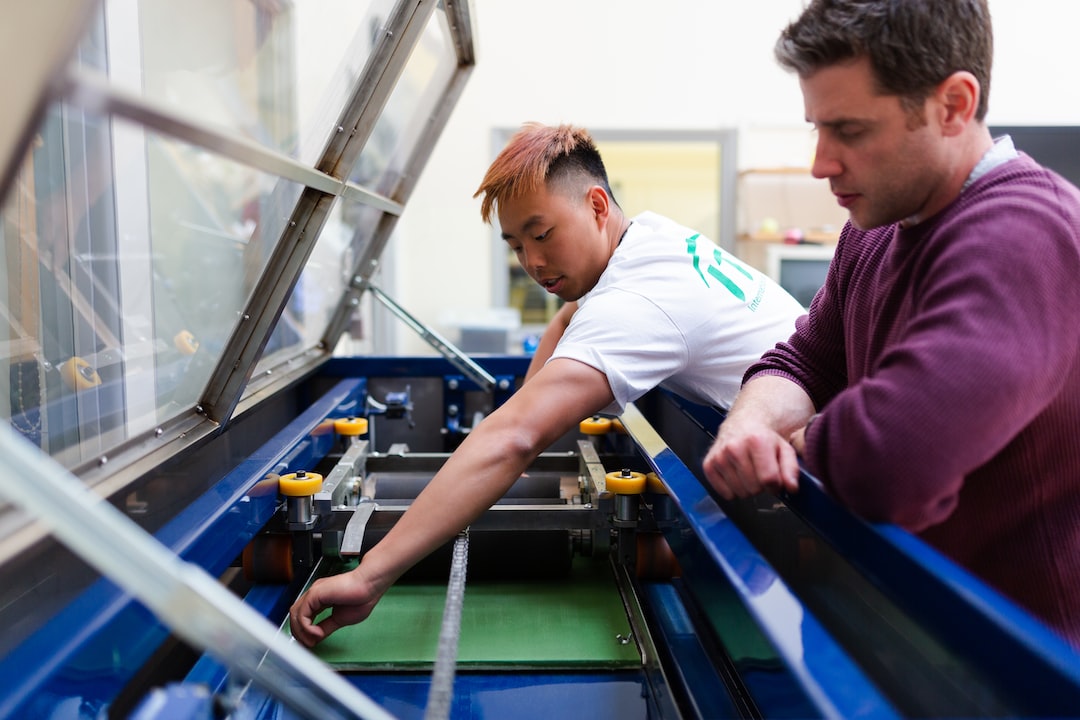The Impact of User-Centered Design on Customer Satisfaction
In today’s highly competitive market, customer satisfaction plays a crucial role in the success of any business. With the growing importance of user experience, companies are increasingly focusing on user-centered design to improve customer satisfaction. The Software Design Company is no exception, as it heavily relies on customers’ satisfaction and feedback to enhance their products and services.
User-centered design is an approach that places the needs and preferences of the users at the center of the design process. It involves understanding users’ goals, motivations, and behaviors to create custom solutions that address their specific problems. By conducting extensive user research, gathering insightful feedback, and integrating it into the design process, software design companies can create products that align perfectly with their customers’ expectations.
One of the significant impacts of user-centered design on customer satisfaction is the creation of intuitive and user-friendly interfaces. When customers interact with a software product that has been designed with their needs in mind, they are more likely to navigate through it effortlessly and achieve their goals efficiently. This seamless user experience not only increases customer satisfaction but also reduces frustrations and potential errors that could lead to dissatisfaction.
Moreover, user-centered design assists software design companies in identifying and addressing usability issues early on in the development process. By conducting usability testing and gathering feedback from actual users, companies can understand pain points and areas of improvement. This iterative process enables them to make necessary changes to enhance the overall usability and functionality of their software. As a result, customer satisfaction is maximized, and the risk of user frustration and abandonment is minimized.
Additionally, by emphasizing user-centered design, software design companies can build strong customer loyalty. When customers feel that their needs and preferences are considered, they develop a sense of trust and loyalty towards the company. This loyalty leads to repeat business and positive word-of-mouth referrals, which are crucial for the growth and success of any software design company.
Furthermore, investing in user-centered design also reduces the potential for costly post-release modifications and updates. By involving users early on in the design process, companies can catch and address potential issues before the product is released. This proactive approach minimizes the need for major rework and redesign after the launch, saving both time and resources while ensuring customer satisfaction.
In conclusion, user-centered design has a significant impact on customer satisfaction in the software design industry. By placing users at the center of the design process, software design companies can create intuitive interfaces, address usability issues, build customer loyalty, and reduce post-release modifications. Prioritizing user-centered design is essential for software design companies seeking to excel in a competitive market and ensure customer satisfaction.
For more information visit:
Canopy Creative | 3D Art and Custom Software
https://www.canopycreative.design/
Melbourne, Australia
Immerse yourself in a world of boundless creativity with Canopy Creative. Discover a surreal blend of innovative artistry and visionary design that will transport your businesses and objectives to new dimensions. Prepare to unlock the extraordinary and witness what happens when imagination takes flight. From Metaverse to Medieval, Canopy has you covered.

